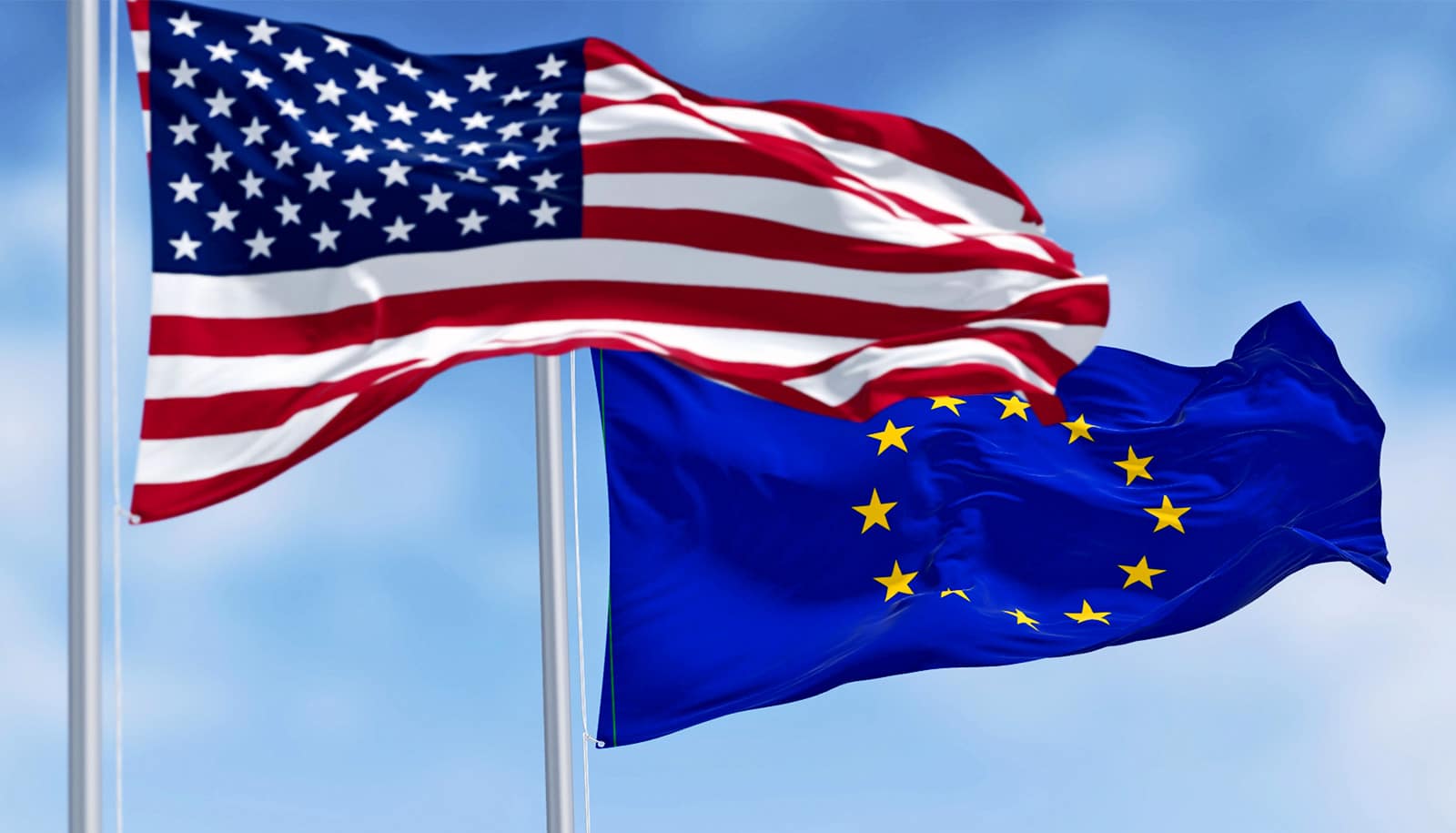New research clarifies why we tend to really go for it when violating a personal goal, such as saving money or sticking to a diet.
When consumers contemplate violating a personal goal (i.e., cheating on a diet, overspending on a budget), they often seek to make the most of that violation by choosing the most extreme option, according to the research.
“This implies that one will not ‘blow one’s diet on Twinkies’…”
In the experiments, Kelly Goldsmith, associate professor of marketing at the Vanderbilt University Owen Graduate School of Management and her coauthors manipulated whether or not participants adopted a goal, such as losing weight or saving money. Next, the researchers presented participants with a choice between options that conflicted with that goal, such as indulgent desserts or luxury hotel stays.
The researchers found that participants who adopted the goal (vs. those who did not) tended to choose the most indulgent option: People trying to save money chose the more expensive of two resorts for a hypothetical vacation, and those trying to lose weight chose the higher calorie doughnut. At first, these results might seem counter-intuitive, but the authors conducted further experiments to elucidate the thought process behind these seemingly contradictory decisions.
The authors found that individuals who have a goal, such as weight loss, feel conflicted when choosing among options that violate that goal, such as two doughnuts. This conflict causes the individuals to seek out the option that justifies a violation of their goal, which is often the more indulgent choice—i.e. the doughnut with the chocolate icing, rather than the plain treat.
“This implies that one will not ‘blow one’s diet on Twinkies’ (i.e., a commonplace, low-cost, low-quality indulgence) but instead will be more likely to do so for an outcome that maximizes indulgence and is hence ‘worth it,'” note Goldsmith and coauthors, professor Ravi Dhar and doctoral candidate Elizabeth Friedman of Yale University.
Little treats aren’t a vice. They get us to our goals
In other words, if either choice causes you to violate the goal, you might as well make the most of the violation and choose the most indulgent option. These findings have practical implications for both retailers and consumers. Retailers that fall at extreme ends of the market—either very indulgent or very healthy, for example—might benefit from offering even more extreme options to take advantage of consumers experiencing conflicting goals, since these individuals are more likely to choose the most extreme option available to them.
On the other hand, consumers can take steps to avoid a situation where they might be forced to choose between two options that violate one of their goals: A dieter can bring a healthy lunch to work instead of debating between unhealthy options at the company cafeteria. If the situation is unavoidable, remaining aware of this counter-intuitive decision-making tendency can prompt people to choose the “lesser of the two evils” instead of the most justifiable (and therefore most extreme) option.
For maximum happiness, pick concrete goals
“For example, dieters can be trained to view choice options strictly through the lens of calorie content, as opposed to other attributes,” Goldsmith says. “If you strip your choices down to a comparison between two numbers [i.e. calories]—and your goal offers a rule for which number is better—the choice is a lot easier to make, and you are a lot less susceptible to these biases in decision making.”
The study will appear in the Journal of the Association for Consumer Research.
Source: Kara Sherrer for Vanderbilt University



